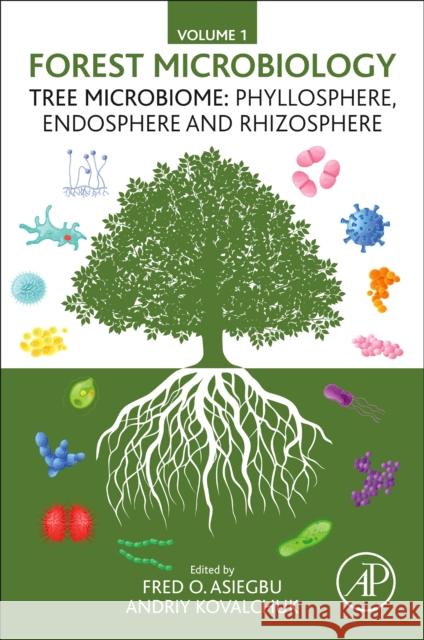Forest Microbiology: Volume 1: Tree Microbiome: Phyllosphere, Endosphere and Rhizosphere » książka
topmenu
Forest Microbiology: Volume 1: Tree Microbiome: Phyllosphere, Endosphere and Rhizosphere
ISBN-13: 9780128225424 / Angielski / Miękka / 2021
Kategorie:
Kategorie BISAC:
Wydawca:
Academic Press
Seria wydawnicza:
Język:
Angielski
ISBN-13:
9780128225424
Rok wydania:
2021
Numer serii:
001189867
Oprawa:
Miękka
Wolumenów:
01











